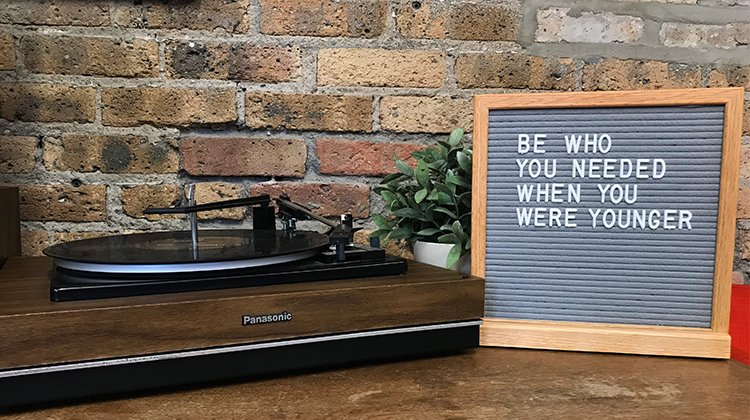Why Managing Isn’t Necessarily Leading
If you’ve been in the workplace for a decent amount of time, you’ve probably noticed that all managers are not necessarily leaders. In fact, sometimes the strongest leaders in the office are not in management at all. Why is that? What are these hidden characteristics that define leaders versus managers?

These are the five ways managers are different than leaders:
1. Leaders inspire others with vision.
2. Leaders practice humility.
3. Leaders trust others to carry out tasks to completion.
4. Leaders are confident, but not overbearing.
5. Leaders think larger than their own point of view.
1. Vision
One differentiating factor between a manager and a leader is that leaders inspire others with their vision. Management requires only that you mandate tasks and ensure that your team is completing them quickly and efficiently. Leadership, on the other hand, means you inspire others to think beyond the task at hand and focus on the overall mission. They inspire employees not just to do the work, but to love it by casting vision passionately and articulately.
2. Humility
Quite possibly the most important trait of a strong leader is humility. That’s why it’s one of our core values here at PerkSpot. We believe a great workplace cannot exist without it. The strongest leaders are ones who aren’t afraid to admit when they’re wrong. They possess the humility to share the spotlight with others, recognizing their achievements and pushing them to be the best version of themselves.
3. Trust
It’s 2019. No one micromanages anymore, right? Unfortunately, micromanagement is still alive and well in our workplaces. Leaders, on the contrary, do not micromanage. True leadership means trusting others to carry out responsibilities. In fact, the best workplaces are those which empower employees to use their strengths. Even the best leaders can’t be good at everything. That’s why it’s important to build a strong team around you and trust them to work together towards your mission.
4. Confidence
Confidence is a common trait among leaders, but not every assertive person in the workplace is a great leader. Any manager can be confident, but leaders are careful not to exhort their confidence over people. Instead, they speak their mind while also listening to other opinions. This trait goes hand in hand with humility, as it takes the perfect balance of both to create great leaders.
5. Perspective
Many managers get lost in their own personal point of view, or even their team’s. Great leaders are able to step outside of their own agendas and look at the greater good. They are able to (confidently and humbly) unify everyone towards a common goal. This is perhaps the most difficult trait to learn, but it’s what truly differentiates a manager from a leader.
Do you manage a team or are you working on your leadership skills? Tell us what you think makes a great leader in the comments.


















